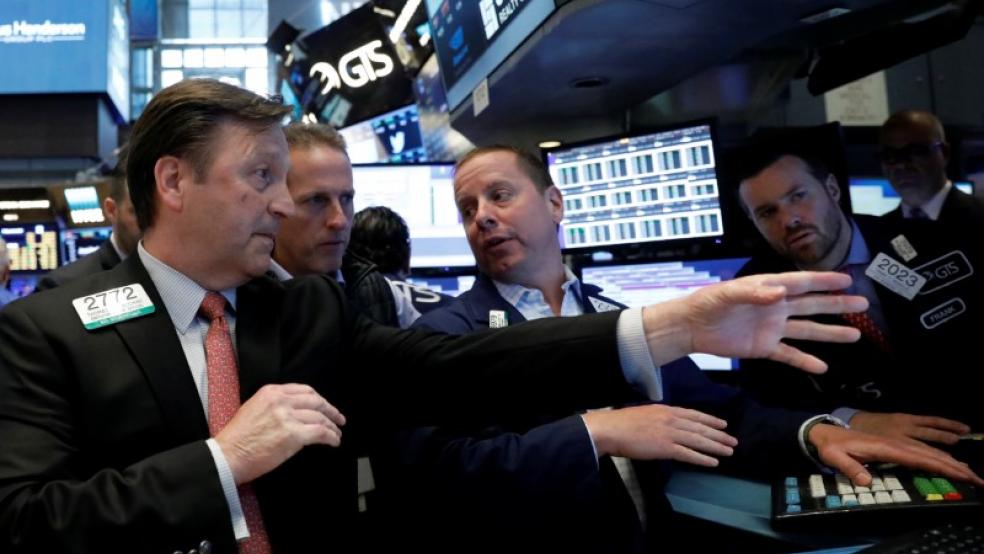(Reuters) - The U.S. stock market has put together 10 intraday rallies at the outset of 2016, and each one has failed to hold its ground.
In most cases, the bounces came either at the beginning or the very end of the day's trading, and the moves suggest many investors still believe in "buying the dips," a trade that had borne fruit throughout much of the post-crisis bull market.That strategy hasn't worked in the early days of 2016, with the two of the most dramatic reversals yet coming after failed late-day rallies on Monday and Tuesday this week, both of which stalled around the 1,950 level on the S&P 500 <.spx>.Moreover, these abortive rebounds could be doing deeper damage to the market by forestalling a capitulation moment, the kind of deep downdraft that clears out losing positions and forms a base from which the market can mount a lasting rally."Each day that passes, bullets are wasted creating more losing positions, meaning there will be less ammunition when we finally get capitulation, and it will probably occur at a lower level than it otherwise would have," said Michael O'Rourke, chief market strategist at JonesTrading in New York.While the eight trading days so far this year have featured 10 such short-lived rebounds, the two this week on average were roughly twice the size of most that came earlier, and their failures led to two of the more notable thuds yet.This week started with equities rebounding from Monday afternoon's low, gaining 2.4 percent over a two-and-a-half-hour stretch that included the first 20 minutes of trading on Tuesday morning. The S&P 500 then fell back by 1.7 percent into Tuesday afternoon.The next rally again started at around 2:30 p.m. ET (1930 GMT) Tuesday, and generated a 1.9 percent rise that once again stretched briefly into the following day's trading.But when that updraft lost hold around 9:45 a.m. ET (1445 GMT) Wednesday, and the resulting swoon was the largest yet, more than 3 percent from that early-morning high to leave the S&P at its lowest since September by the closing bell.The broad-market index is now down 7.5 percent since the year began. Investors say earnings reports may be the next catalyst that would lift stocks, though Jack Ablin, chief investment officer at BMO Private Bank, says most major markets may need to fall another 10 percent before fair value is reached."Long-term big picture, it makes sense to buy the dips, but I think in the near-term there's more downside risk than upside potential at this point," he said. DATE GAIN DURATION NEXT MOVE Jan 4 0.8 pct 2 hours -0.6 pct Jan 4-5* 1.4 pct 40 min -0.8 pct Jan 5 0.70 pct 3 hrs 40 mkt close, min -1.5 pct next open Jan 6 0.8 pct 1 hr 50 -1.2 pct min Jan 6 0.6 pct 50 min mkt close, -1.8 pct next open Jan 7 1.1 pct 80 min -1.9 pct Jan 7-8* 1.1 pct 30 min -1.4 pct Jan 8 0.9 pct 50 min -2.5 pct Jan 11-12* 2.4 pct 2 hrs 20 -1.7 pct min Jan 12-13* 1.9 pct 1 hr 50 -3.1 pct min * - Move stretched from end of one session into the next (Reporting By David Gaffen; Editing by Alan Crosby)Buying the dips a bad market strategy so far in 2016

Shannon Stapleton



